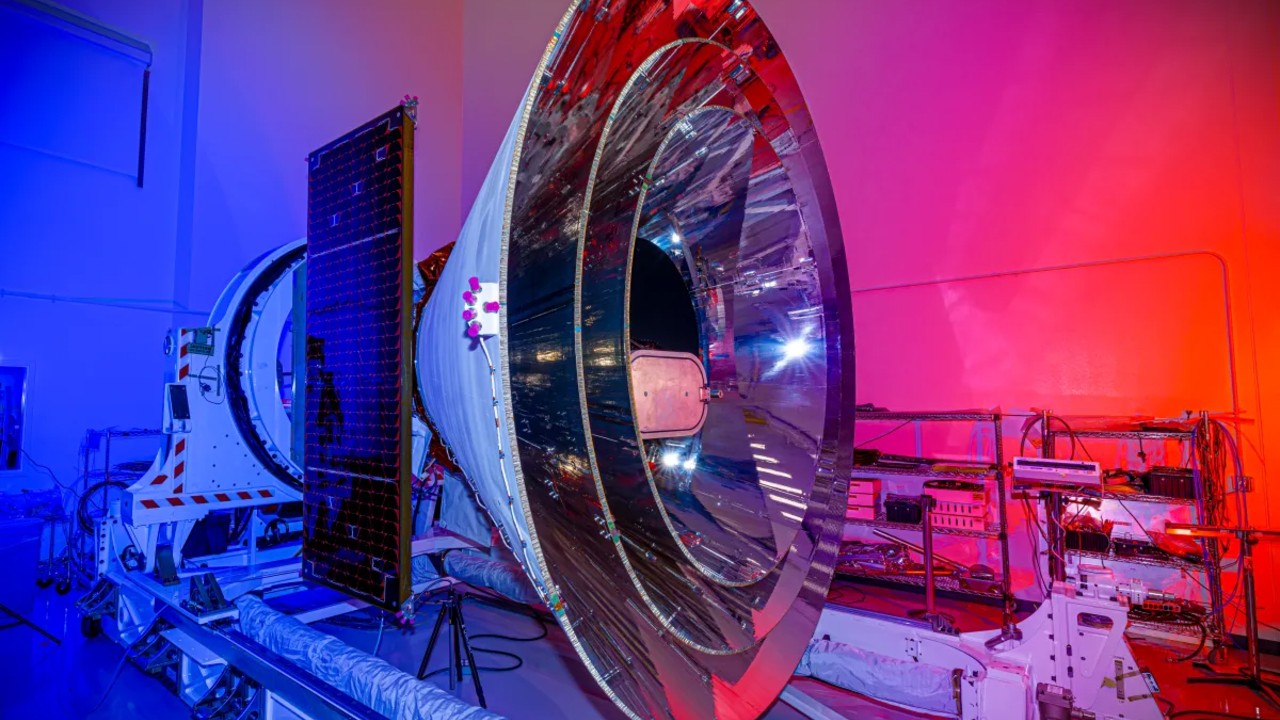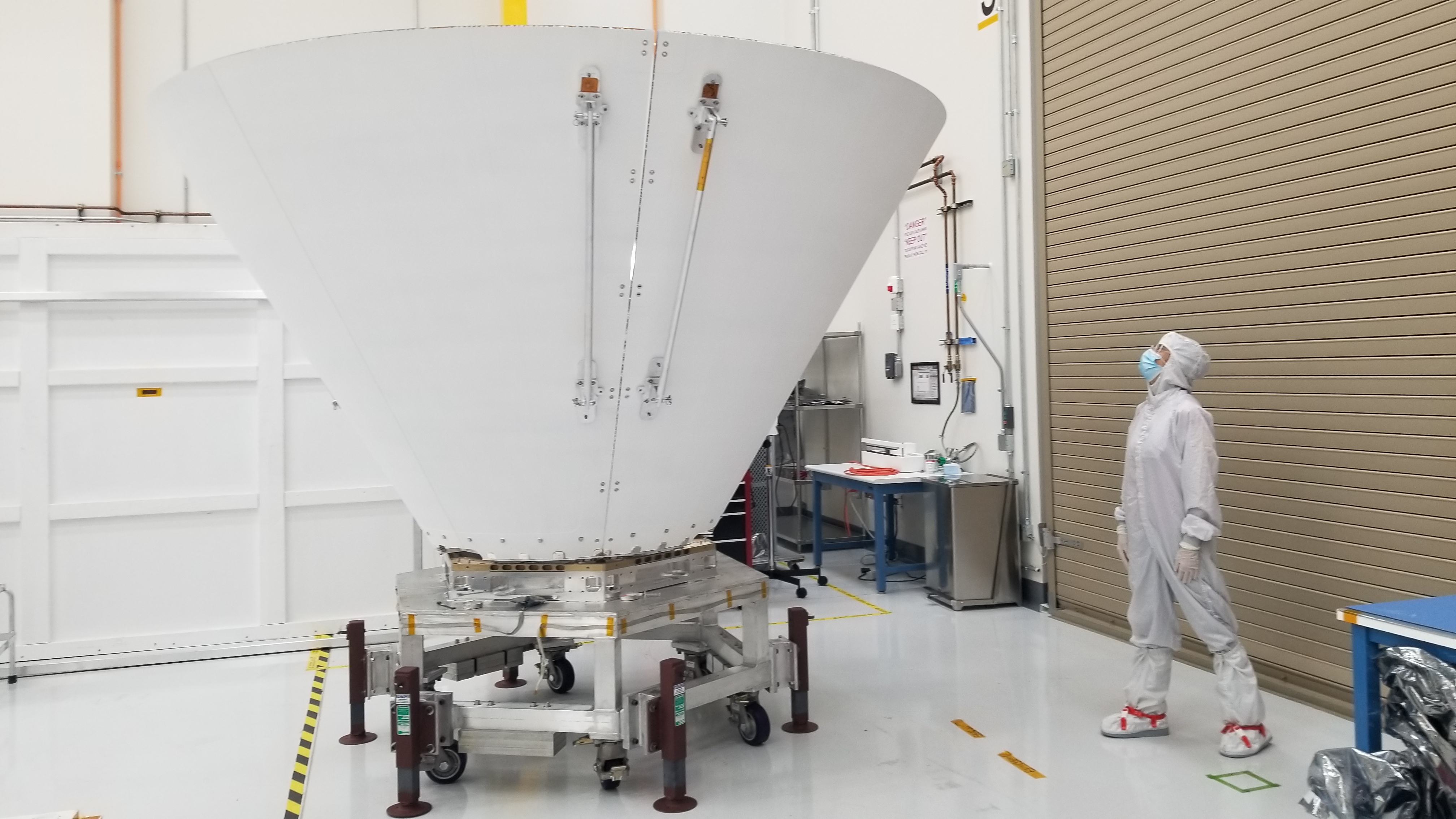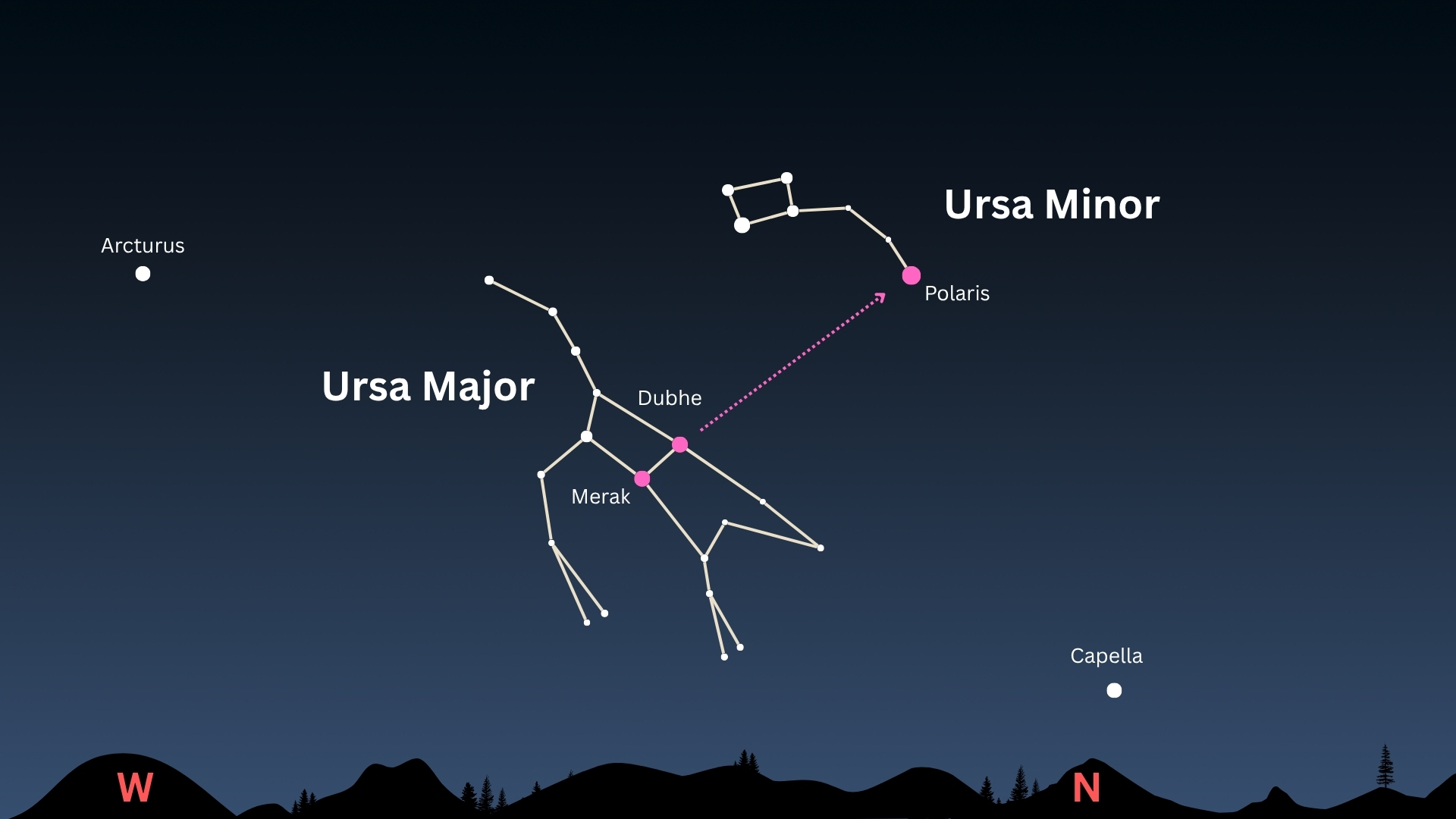NASA's 'SPHEREx' infrared space telescope is launching soon. Here's why it's a big deal
"SPHEREx is a testament to doing big science with a small telescope."

Earth will soon gain a new robotic companion.
NASA's latest space telescope, SPHEREx — short for Spectro-Photometer for the History of the Universe, Epoch of Reionization and Ices Explorer — is set to lift off atop a SpaceX Falcon 9 rocket on Tuesday (March 4) from Vandenberg Space Force Base in California.
The $488 million mission is designed to map the entire sky in 3D, in wavelengths invisible to the human eye. The two-year effort aims to gather a big-picture view of more than 450 million galaxies and over 100 million stars in our home galaxy, the Milky Way, a comprehensive catalog of all the objects radiating in the universe by measuring the glow from hundreds of millions of galaxies, including those that are too small or distant to be seen by other telescopes, according to NASA.
Scientists say the treasure trove of data will answer fundamental questions that can only be addressed by examining the universe from a broad, all-encompassing perspective. These include why the large-scale structure of the universe appears as it does, how galaxies form and evolve and the origins of water and other key ingredients for life in our galaxy.
"SPHEREx is a testament to doing big science with a small telescope," Beth Fabinsky, the deputy project manager of SPHEREx at NASA's Jet Propulsion Laboratory in California, told reporters last month.
If all goes to plan, once in Earth orbit, SPHEREx will carry out a series of precise maneuvers such that it images particular pockets of the sky for a few days at a time, a cadence that will allow the probe to map the entire sky twice a year, according to the mission description.
"It weighs about 1,100 pounds [500 kilograms], so a little less than a grand piano, and uses about 270 to 300 watts of power — less than a refrigerator," Fabinsky said during the press briefing last month. "It produces more power than it needs using a thick solar array, very much like one you might have on the roof of your house."
Breaking space news, the latest updates on rocket launches, skywatching events and more!
A key science goal of the mission is to better understand the elusive physics that propelled the nearly instantaneous ballooning of space within the first second after the Big Bang — a phenomenon known as cosmic inflation. To do so, SPHEREx will catalog the distribution of hundreds of millions of galaxies, scientists say, with an eye toward recording the statistical distribution of ripples — the tiny variations in the distribution of matter that were amplified during inflation — that are imprinted in the large-scale structure of the universe and continue to influence it.

SPHEREx is equipped with a prism-like spectrophotometer that splits light into 102 colors, enabling the probe to identify the unique signatures of basic life molecules frozen in interstellar clouds. By cataloging the location and abundance of these icy molecules, scientists hope to gain a deeper understanding of how the key ingredients for life as we know it — including hydrogen, oxygen, nitrogen, carbon, and sulfur — are distributed in interstellar space and eventually delivered to regions where planets form.
"I expect the unexpected to come out of the data for this mission," James Fanson, the project manager of SPHEREx, told NPR.
SPHEREx isn't launching alone. The space telescope is sharing the Falcon 9 with another NASA mission, called PUNCH ("Polarimeter to Unify the Corona and Heliosphere"), which will use four satellites to study the heliosphere, the huge bubble of magnetic fields and charged particles that the sun blows around itself.
These spacecraft "will make global, 3D observations of the entire inner heliosphere to learn how the sun's corona becomes the solar wind," NASA officials wrote in a mission description. (The corona is the sun's wispy, blisteringly hot outer atmosphere.)
Editor's Update 2/28: This article was updated to reflect the latest launch information for this mission.
Join our Space Forums to keep talking space on the latest missions, night sky and more! And if you have a news tip, correction or comment, let us know at: community@space.com.

Sharmila Kuthunur is a Seattle-based science journalist focusing on astronomy and space exploration. Her work has also appeared in Scientific American, Astronomy and Live Science, among other publications. She has earned a master's degree in journalism from Northeastern University in Boston. Follow her on BlueSky @skuthunur.bsky.social
